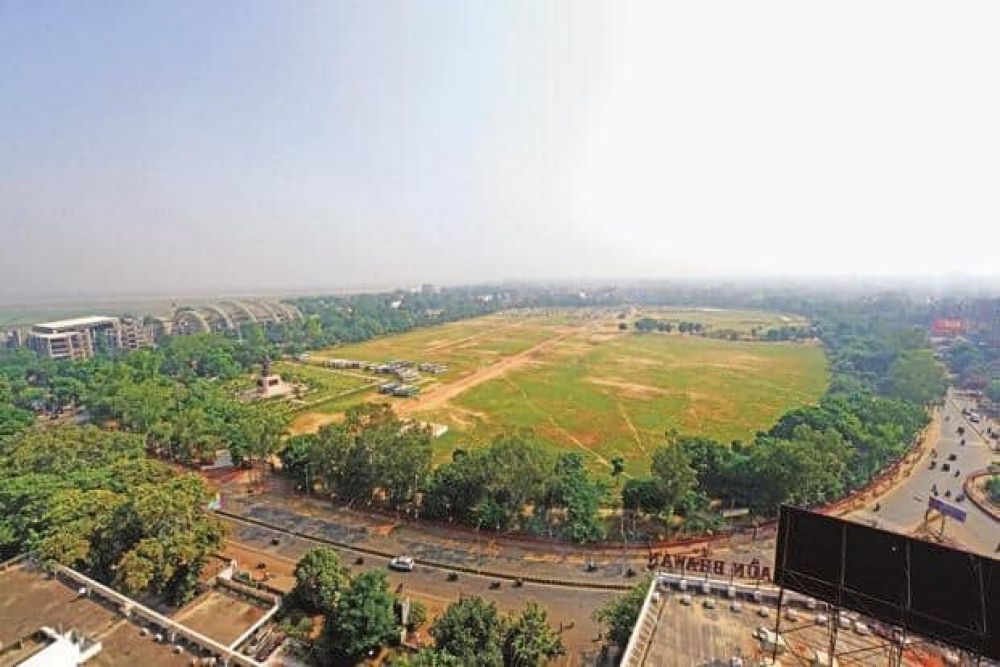

Gandhi Maidan, a grand expanse in the heart of Patna, Bihar's capital city, has been a prominent location that has witnessed historical events shaping the narrative of Indian independence and beyond. This vast ground, also known as Patna Maidan, has played a significant role in the socio-political domain of India.
Historically, Gandhi Maidan was known as the Patna Lawns and served as a pivotal space for major gatherings and movements. The name Gandhi Maidan was adopted post-Independence in tribute to the Father of the Nation, Mahatma Gandhi, who led a mass meeting here in 1942, advocating the Quit India Movement. This was a crucial event in India's struggle for freedom from British colonial rule.
Over the decades, the maidan has been a witness to various political rallies, cultural events, religious gatherings, and fairs, marking it as a significant place for social engagements, which inadvertently bolstered local tourism.
As a historical landmark, Gandhi Maidan has been integral to Patna's tourism. Even after India's independence, its relevance never waned, as it continued to host important events like the flagship Republic Day and Independence Day celebrations. Tourists flock to Gandhi Maidan to get a sense of the city's vibrant history and the role it played in the nation's freedom struggle.
The Maidan is surrounded by other tourist attractions, including the Ganga River, Golghar, and Patna Museum, making it a central point for anyone exploring the rich heritage of Patna.
In recent years, tourism in Patna has evolved with a greater focus on historical and cultural preservation. Gandhi Maidan itself has become more than just a historical landmark but a space for various modern attractions such as the Patna Book Fair, various food festivals, and exhibitions, which attract a newer generation of tourists.
Sustainable tourism has taken a front seat, with efforts to maintain the environmental sanctity of the Maidan while accommodating tourists. To create a more interactive and informative experience, the local government and tourism departments are focusing on developing digital platforms that provide historical insights and information about events happening at the Maidan.
The tourism department also promotes Gandhi Maidan as a venue for large-scale events, leveraging its historical significance, and as a result, attracting national and international attention.
Tourists visiting Gandhi Maidan can enjoy a leisurely walk, absorb its historical essence, and also partake in the many cultural activities that take place. The maidan is easily accessible from all parts of the city and has been a favorite spot for both locals and tourists for relaxation and cultural immersion.
In the face of urban development, Gandhi Maidan remains a green oasis in Patna, a remnant of the past, and continues to be a testament to the city's historical and present-day significance. Visitors are encouraged to explore the maidan during their visit to Patna, not just as a tourist spot but as a living page out of India's independence story.